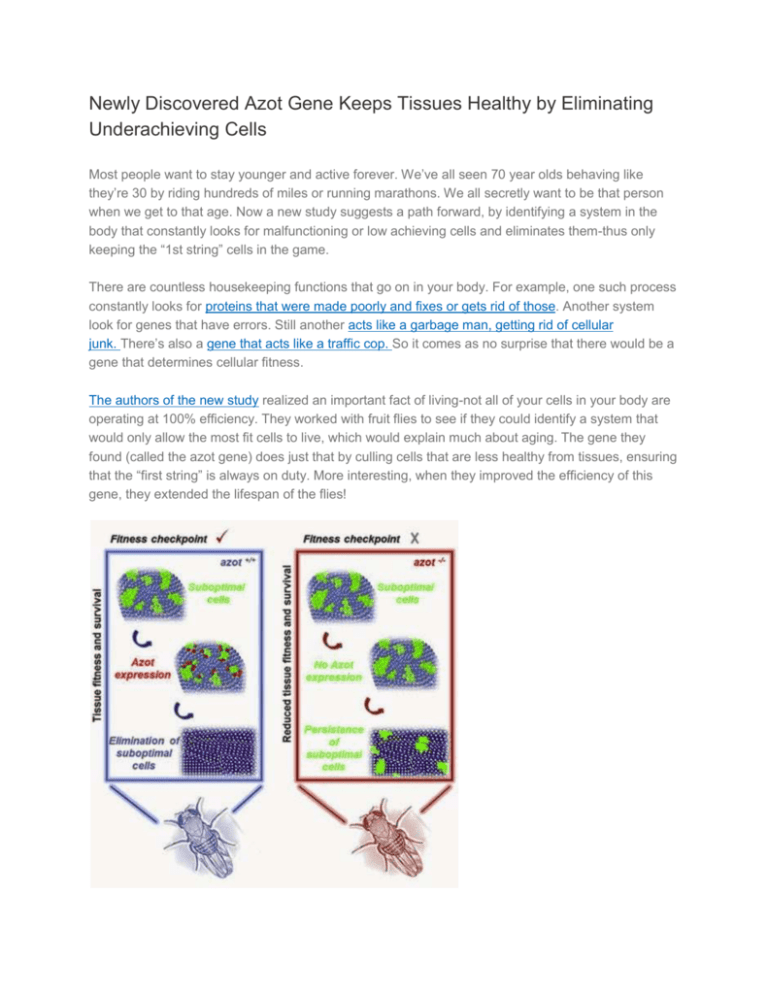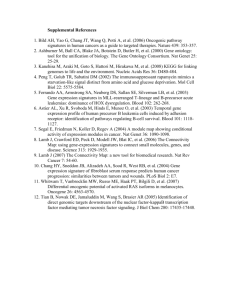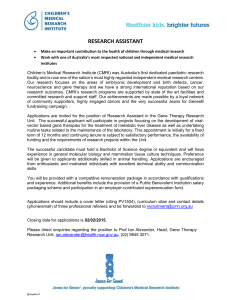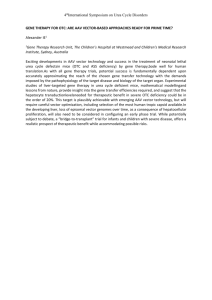Newly Discovered Azot Gene Keeps Tissues Healthy by
advertisement

Newly Discovered Azot Gene Keeps Tissues Healthy by Eliminating Underachieving Cells Most people want to stay younger and active forever. We’ve all seen 70 year olds behaving like they’re 30 by riding hundreds of miles or running marathons. We all secretly want to be that person when we get to that age. Now a new study suggests a path forward, by identifying a system in the body that constantly looks for malfunctioning or low achieving cells and eliminates them-thus only keeping the “1st string” cells in the game. There are countless housekeeping functions that go on in your body. For example, one such process constantly looks for proteins that were made poorly and fixes or gets rid of those. Another system look for genes that have errors. Still another acts like a garbage man, getting rid of cellular junk. There’s also a gene that acts like a traffic cop. So it comes as no surprise that there would be a gene that determines cellular fitness. The authors of the new study realized an important fact of living-not all of your cells in your body are operating at 100% efficiency. They worked with fruit flies to see if they could identify a system that would only allow the most fit cells to live, which would explain much about aging. The gene they found (called the azot gene) does just that by culling cells that are less healthy from tissues, ensuring that the “first string” is always on duty. More interesting, when they improved the efficiency of this gene, they extended the lifespan of the flies! The upshot? While it’s not that surprising that we have a gene that removes bad or malfunctioning cells, the fact that ramping up that gene’s activity extends lifespan could be a game changer. This is beginning to sound a little like the future that Ray Kurzweil predicted in his book The Singularity is Near. That the pace of scientific discovery would accelerate to the point where we quickly figure out everything important about how aging works and can alter certain systems to greatly extend lifespan. While it’s a long way from fruit flies to humans, we may have just seen our first glimpse of singularity light at the end of the aging tunnel!











